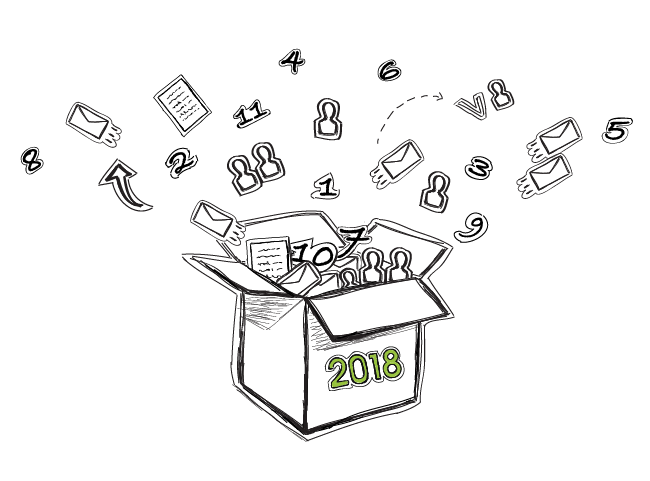Learn how to send effective cold emails
with Woodpecker Academy
Free access to advice on deliverability, cold emailing and more.
with Woodpecker Academy

We've got 2018. It's been 7 years since the publication of Predictable Revenue. Whereas the basic presumptions about sales and growth made in the book are still valid, outbound messaging has changed a lot over the years. What used to work fine for email outreach in 2011, probably won't work as well nowadays.

What do you think is the first thing you need to start sending emails? Good copy. Sure, but even before that. A list of prospects. Obviously, but before that. It may seem kind of confusing and not so obvious, as the thing you need first is actually at the end of your email. It’s a signature.

Most cold email senders craft their campaigns with a view to acquiring new business relations. They commit all their efforts to planning a new cold email campaign. They spend a long time on precise targeting, perfecting their email copy and taking care of impeccable deliverability. In the end, they do indeed achieve a very high open rate of their email campaign, one that would amaze even a well-seasoned cold email sender. Yet the reply rate to their campaigns is very poor. How is that possible?

Lately, we added an option to set up a custom domain for tracking email opens, clicks, and unsubscribes in Woodpecker. What's that all about? Check here and find out how you can use the custom tracking domains to take full control of your email deliverability, boost your credibility in the eyes of your prospects, and add another little branding touch to your messages sent from Woodpecker.

GDPR – General Data Protection Regulation will be brought into effect on May 25, 2018. It's still a few months ahead, but it's good to learn right now how the regulation will affect you and your business. Especially if you send any kind of business emails. You could have already read some articles summarizing GDPR, but if you still don't know how it will actually affect you in practice and what to do to be GDPR compliant, check out this post.

Not so long time ago, I described at length how you can use Quora for targeting. I shared a tactic we use here at Woodpecker for finding people who would be interested in a webinar about doing outbound. Recently we’ve managed to organize another webinar. We carried out a webinar about outbound for contacts we found on Quora.

Although for many of us writing an email comes without much difficulty, it may be beneficial to stop, review what we've written and thought how others may perceive it. As we'll see in this post, we may commit a blunder without even knowing. Gloria Kopp authored a blog post for us about typical email faux-pas.

We've recently launched an option to connect an external SMTP from two email delivery providers: Mailgun and SendGrid. If you have been using one of those services to send your business emails, now it's easier for you to connect your SMTP to Woodpecker. If you haven't been using those, and frankly have a hazy idea what it is all about, you may want to learn more from this post. Either way, keep reading to find out when it makes sense to use Woodpecker's integrations with Mailgun and SendGrid and how you can actually benefit from that.